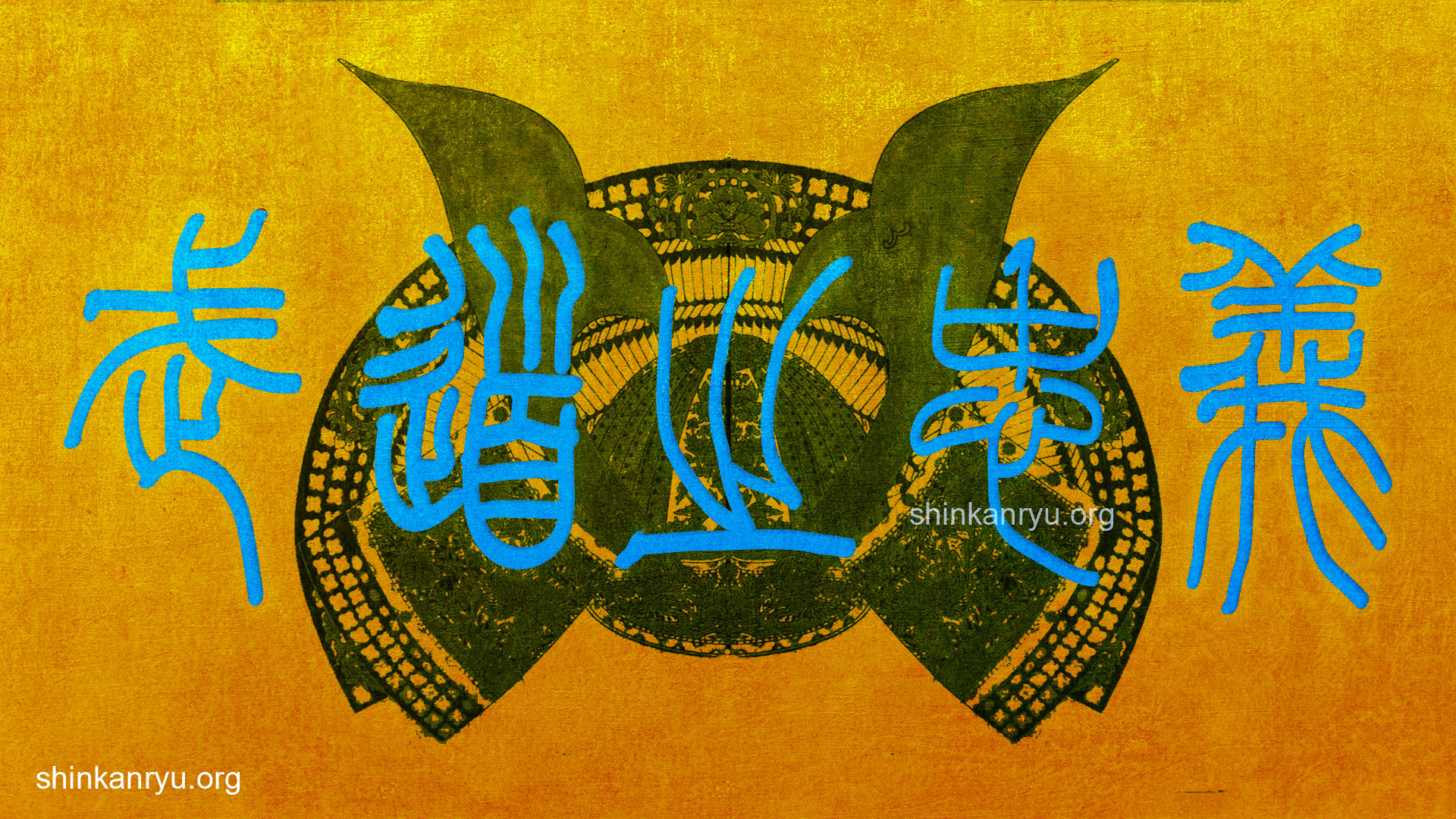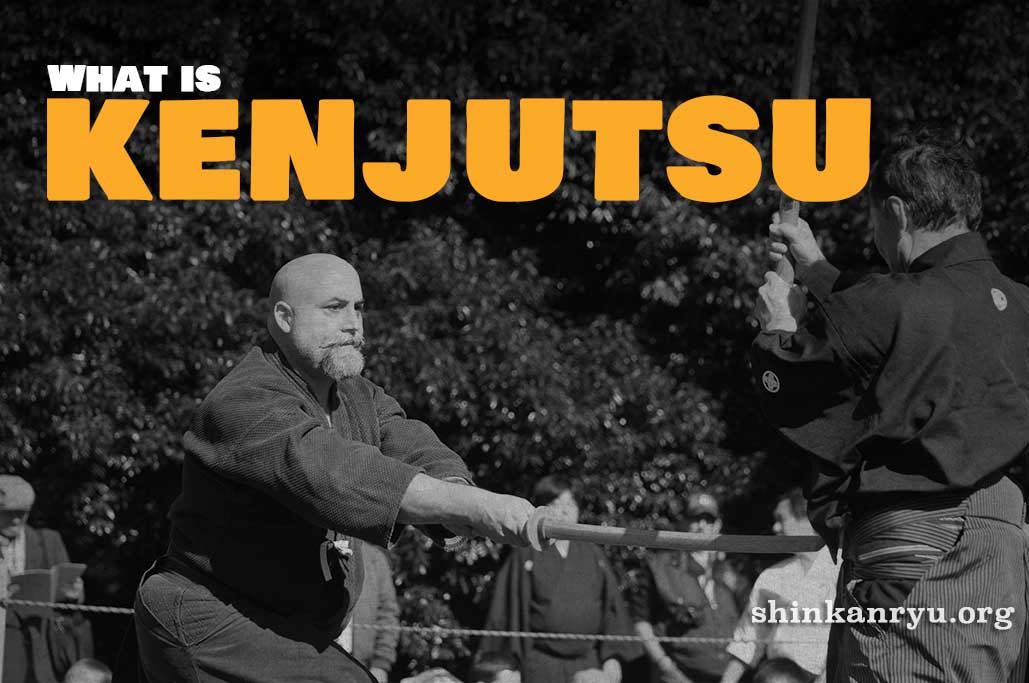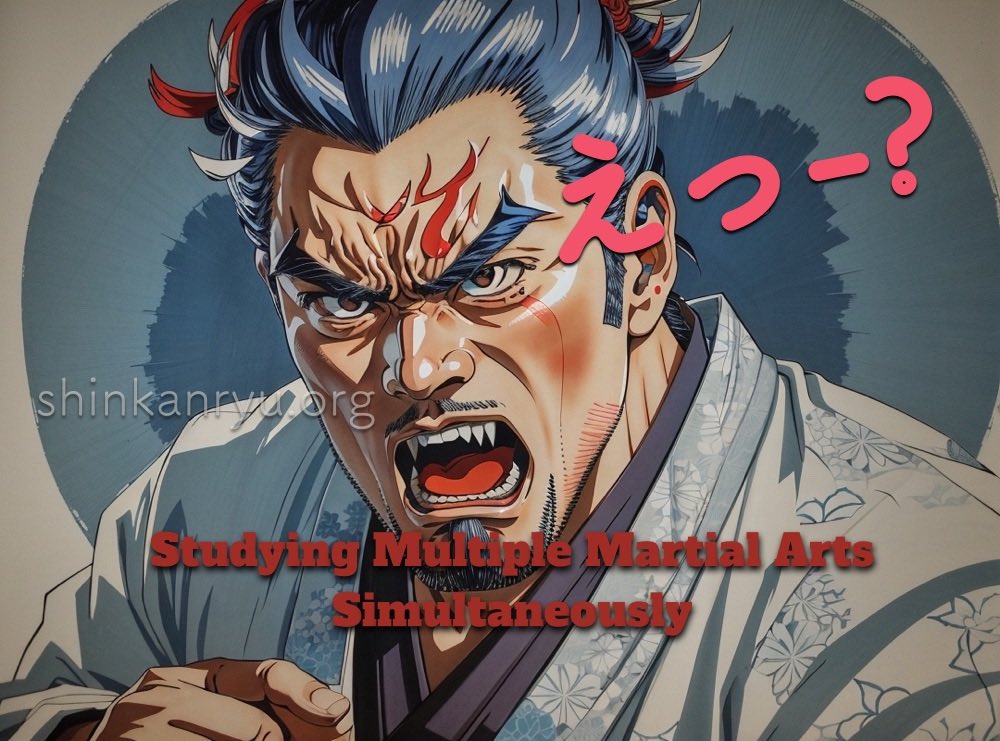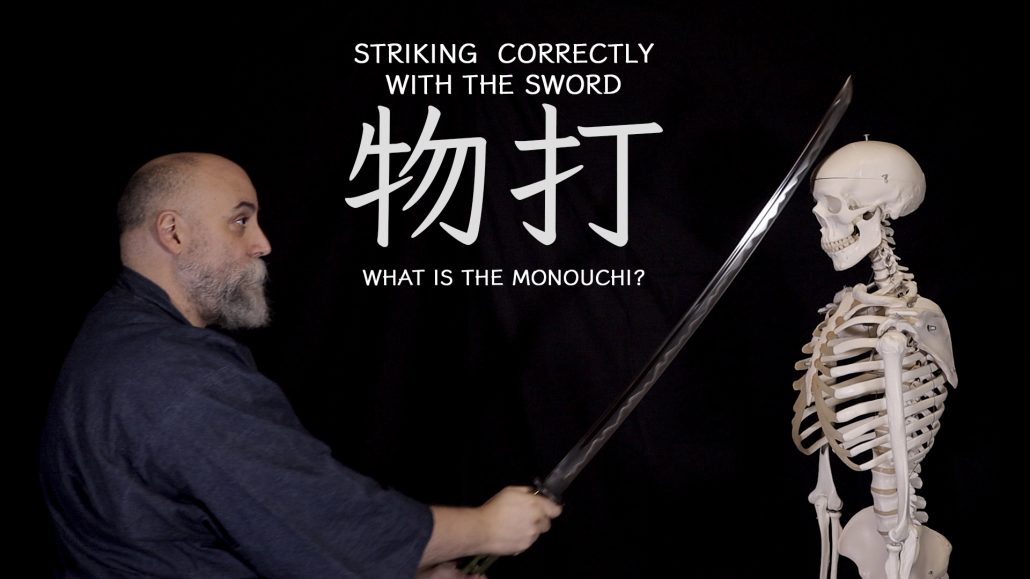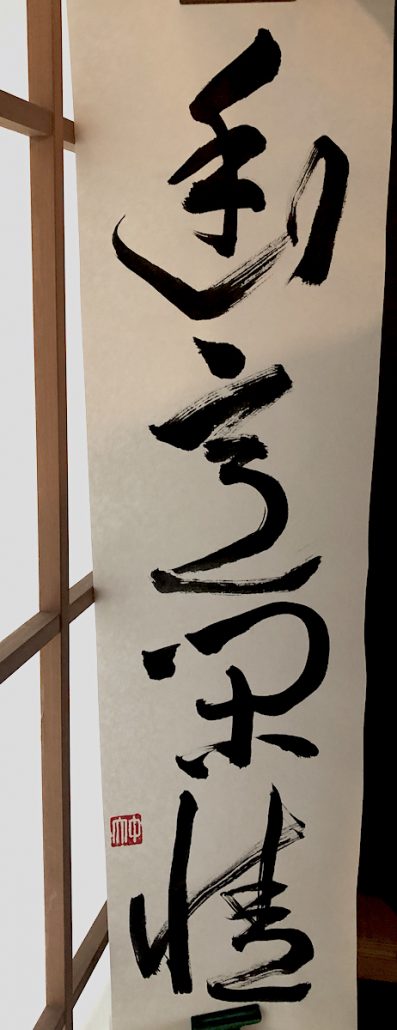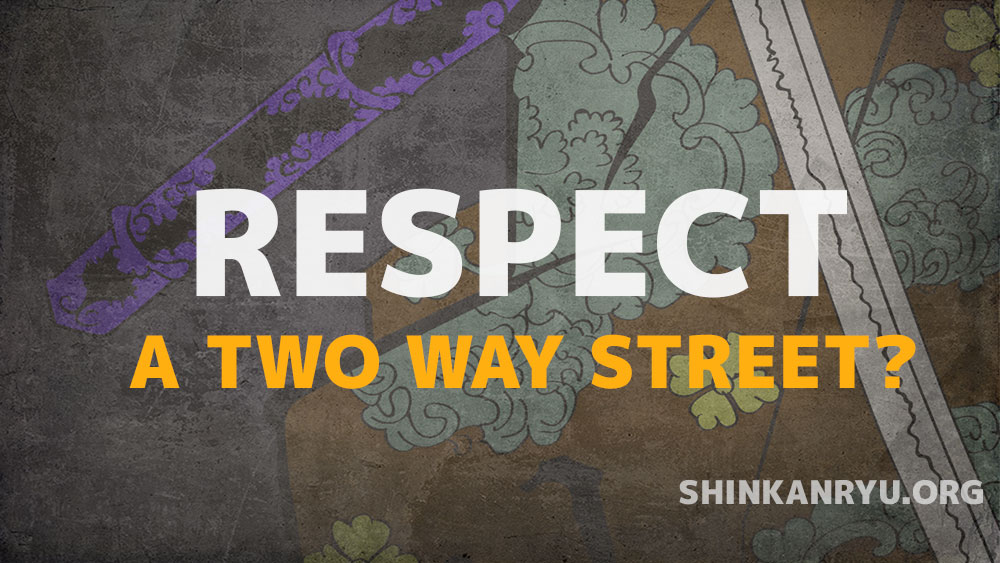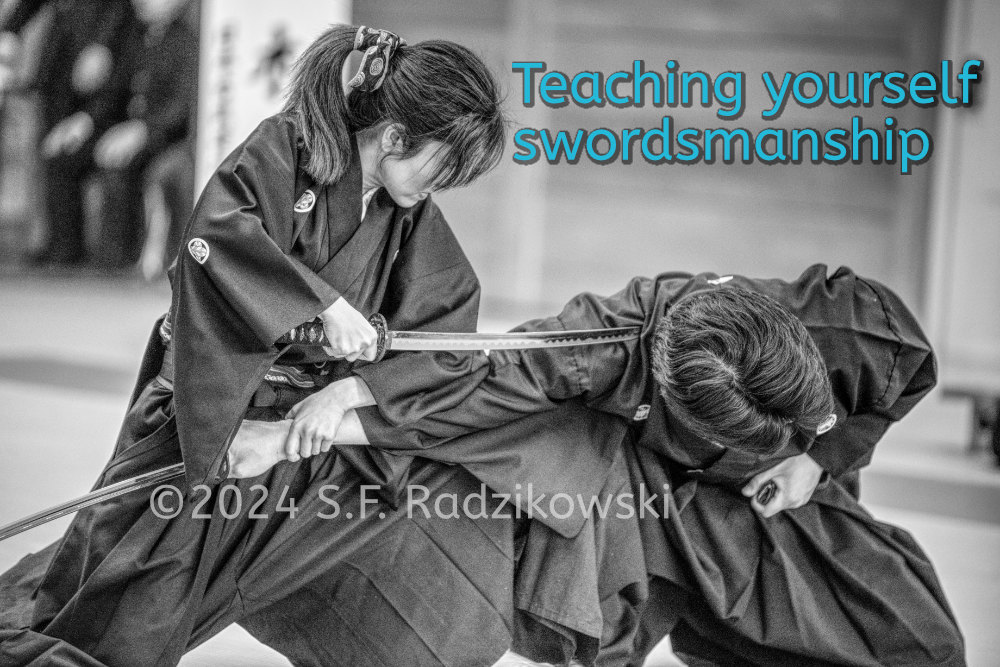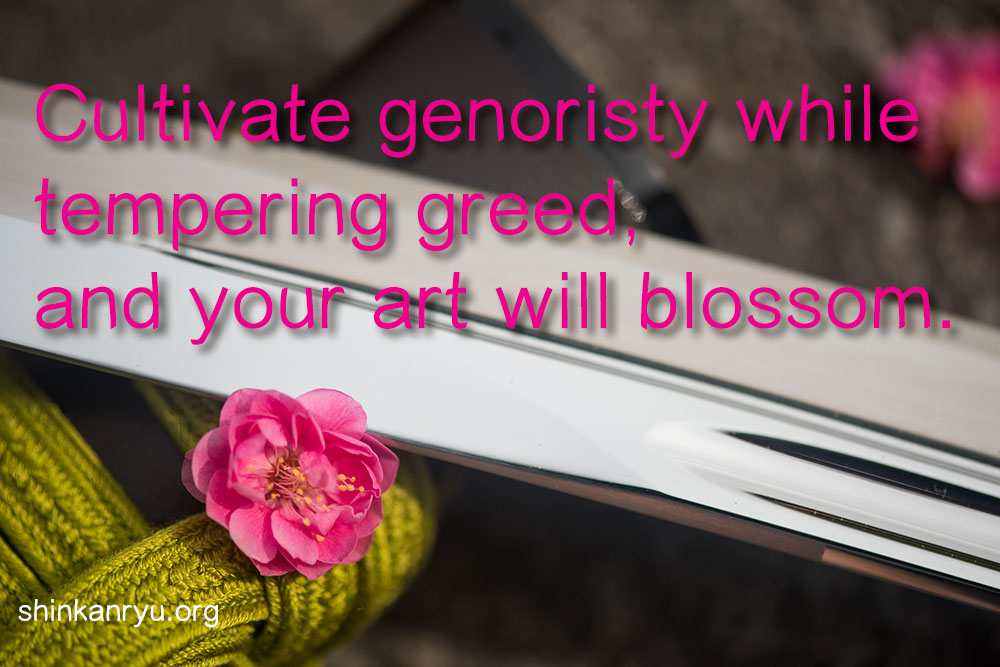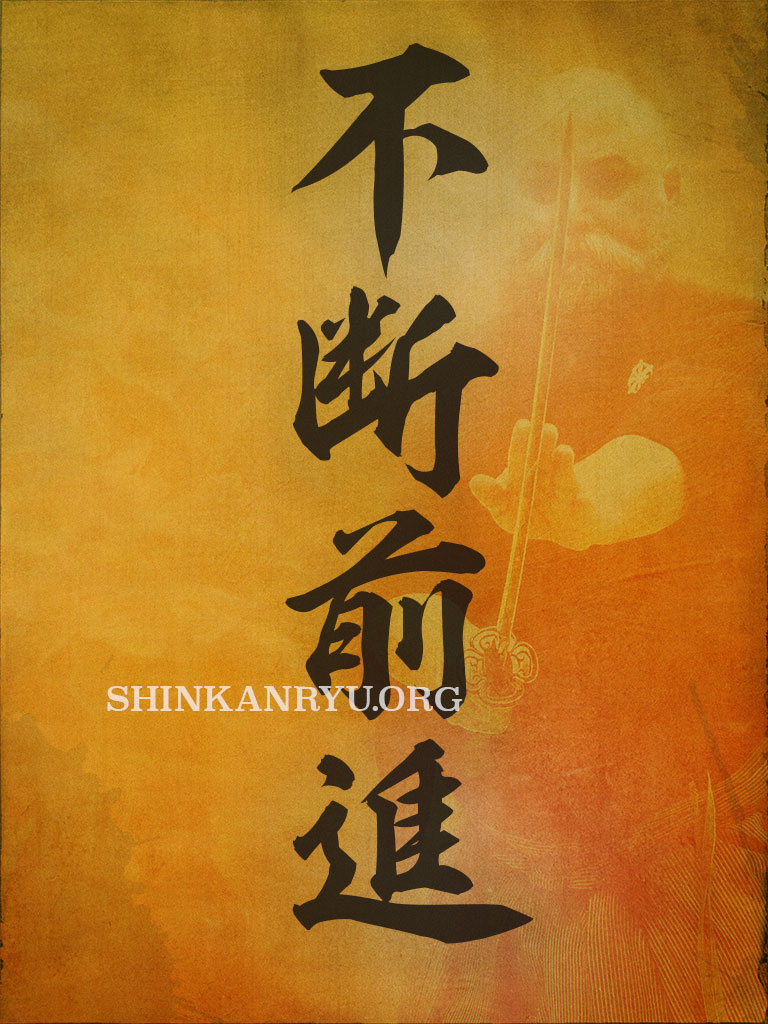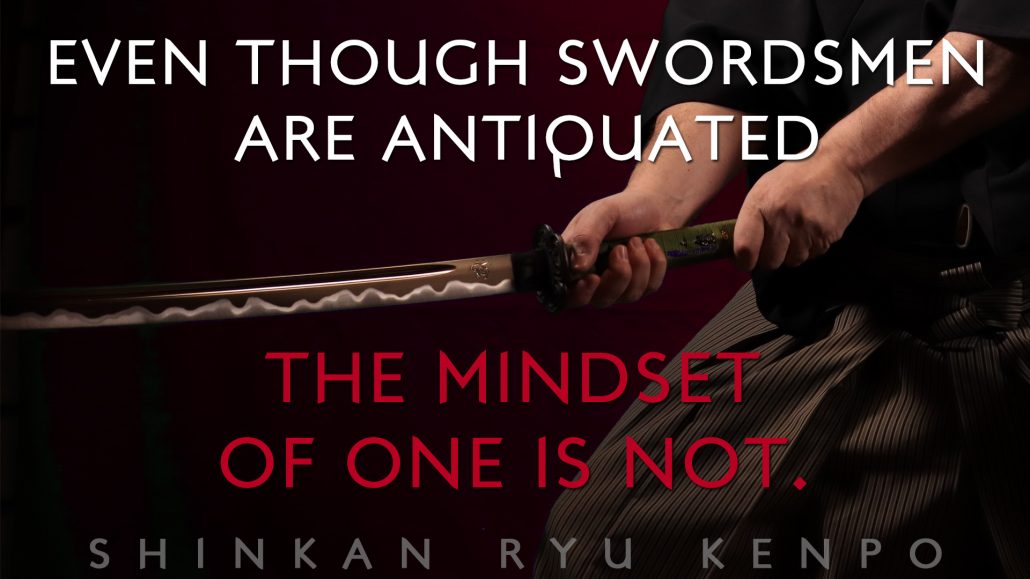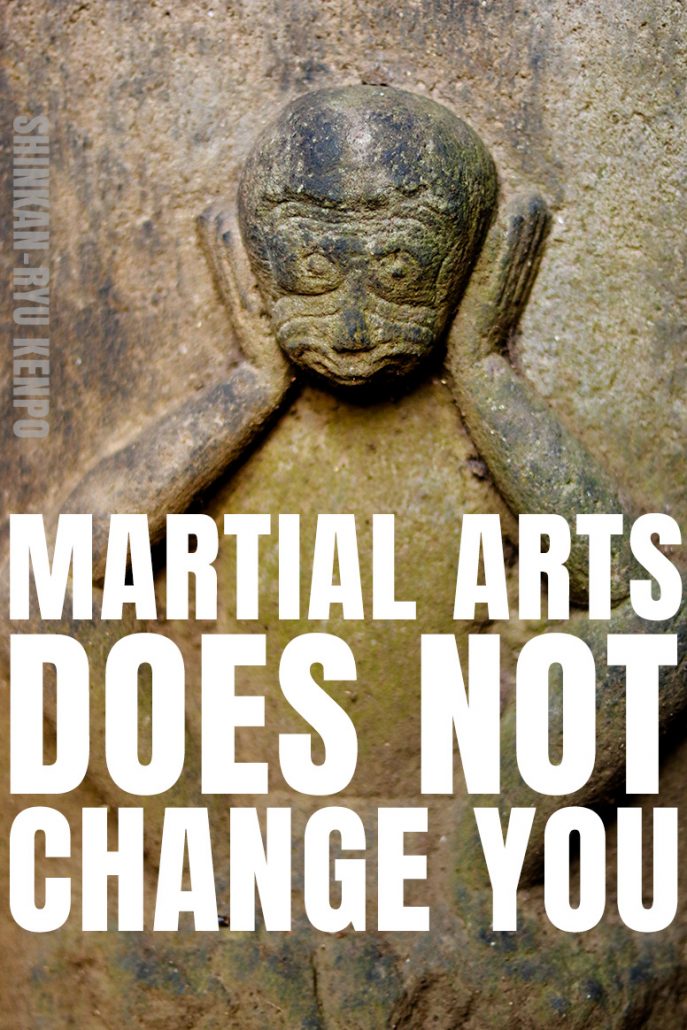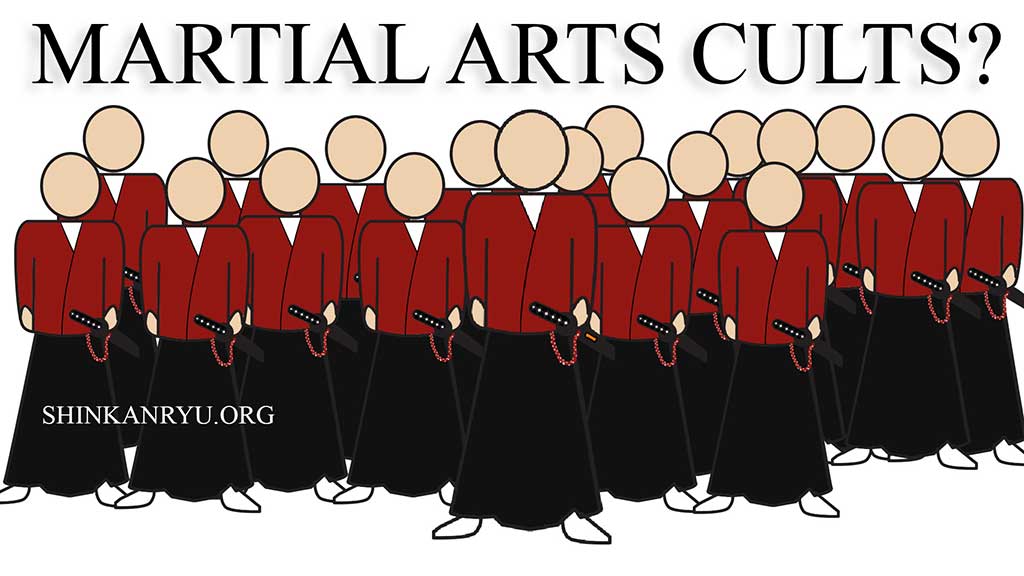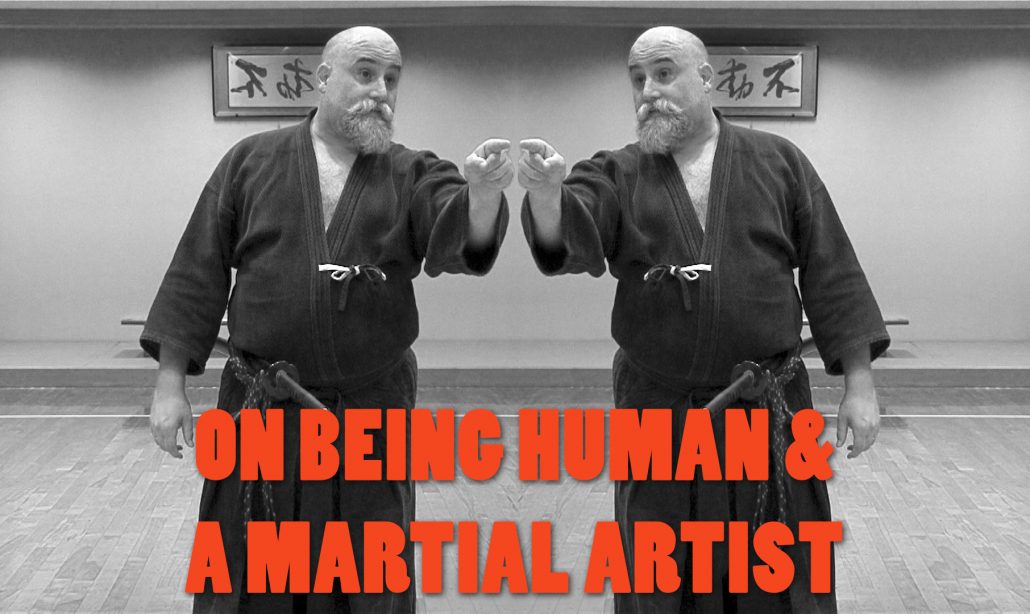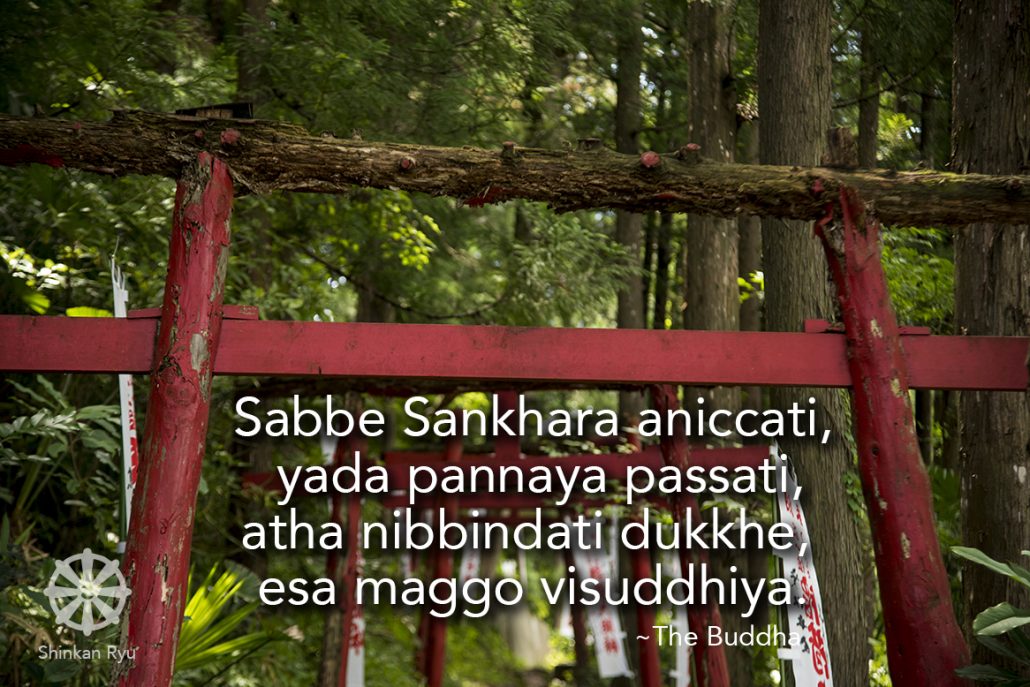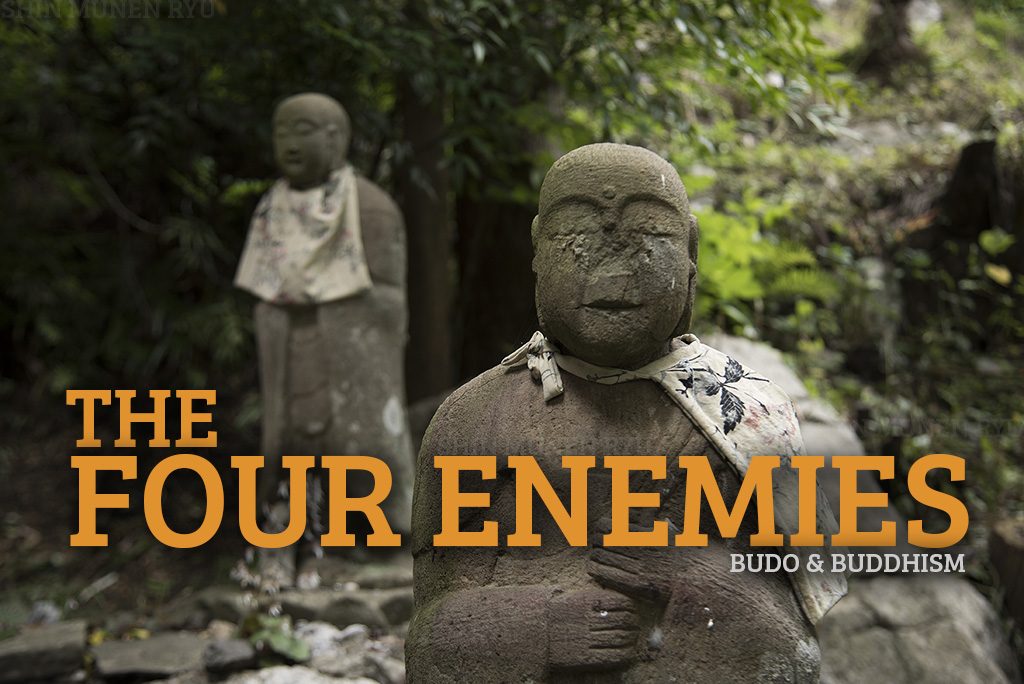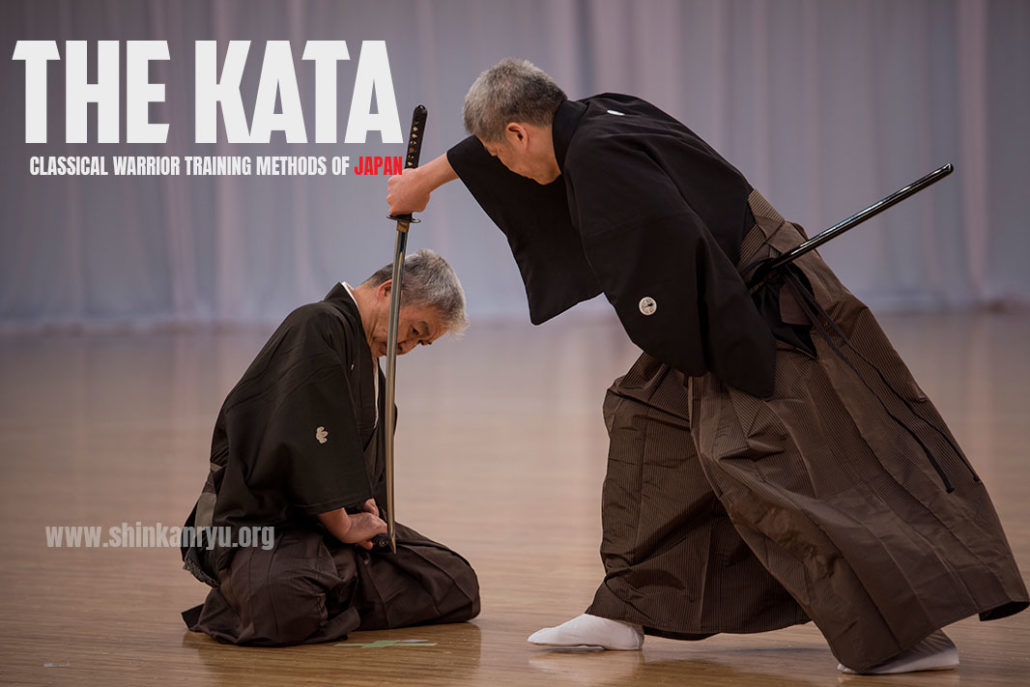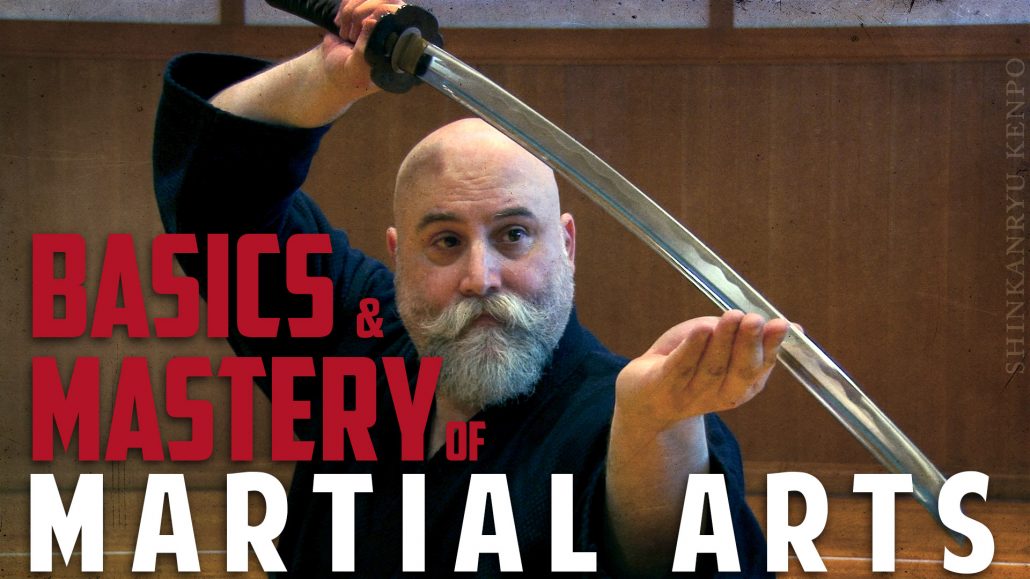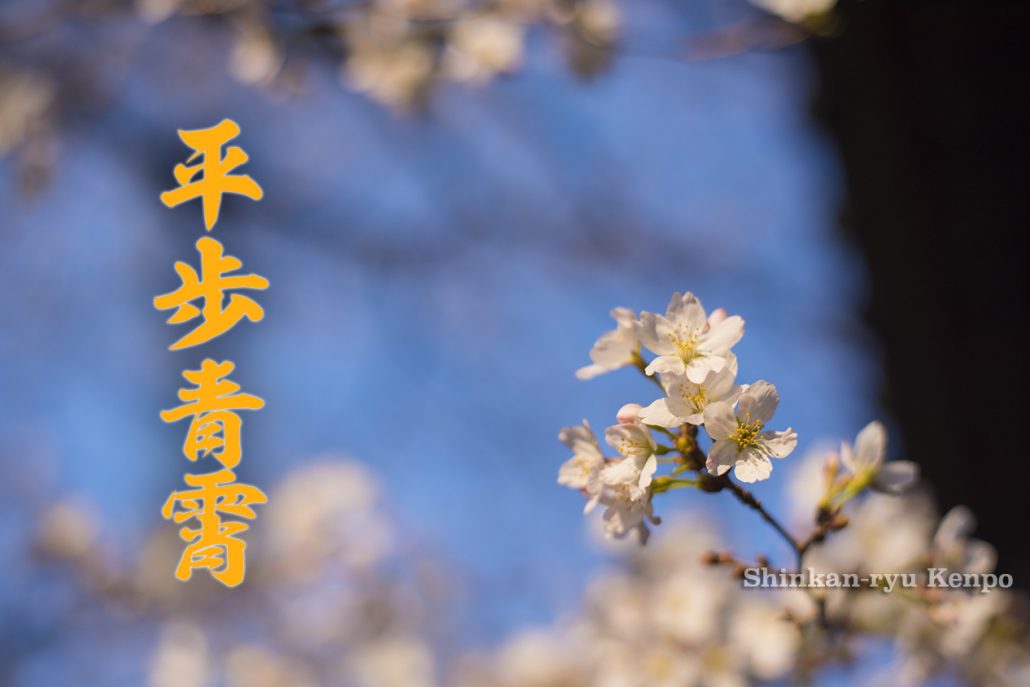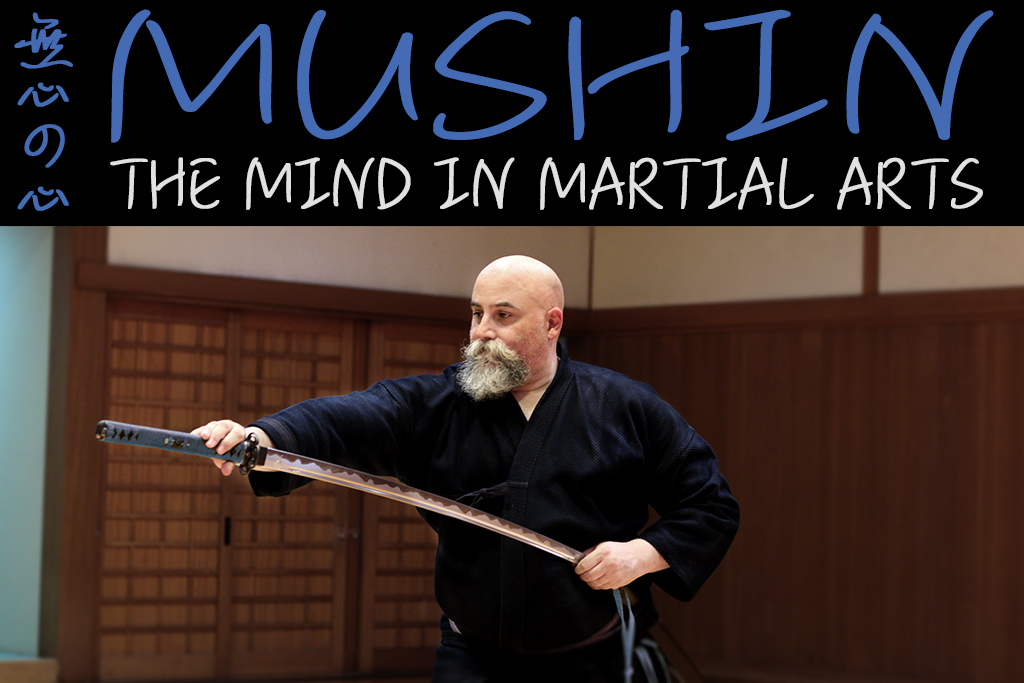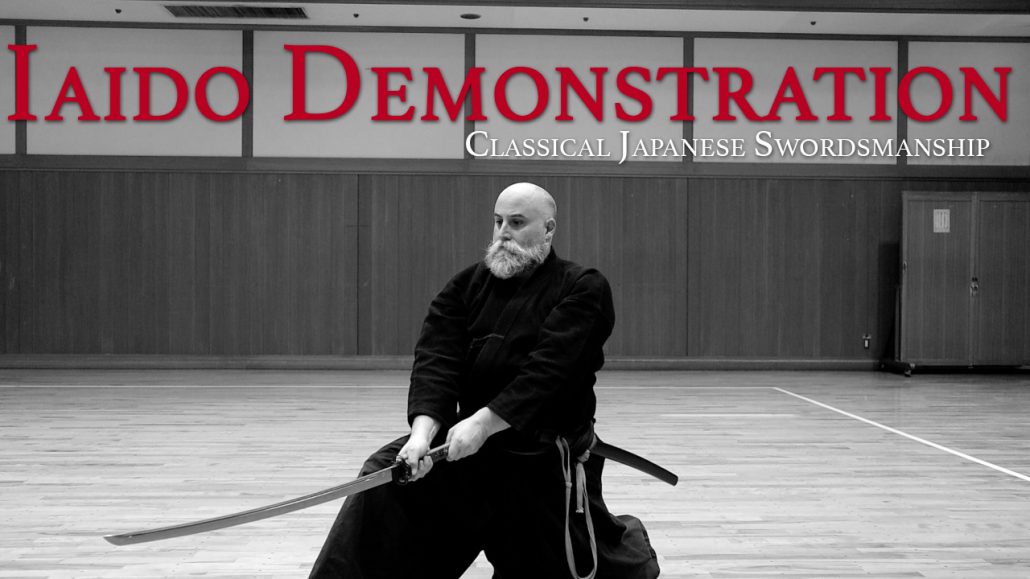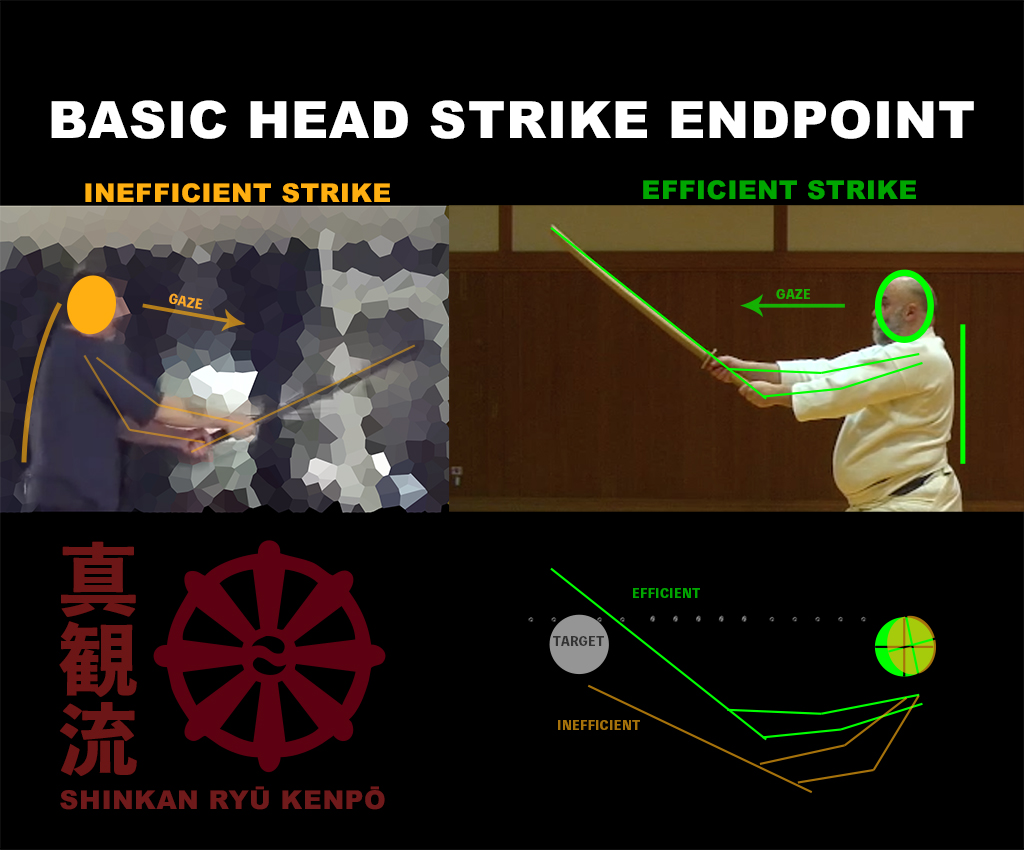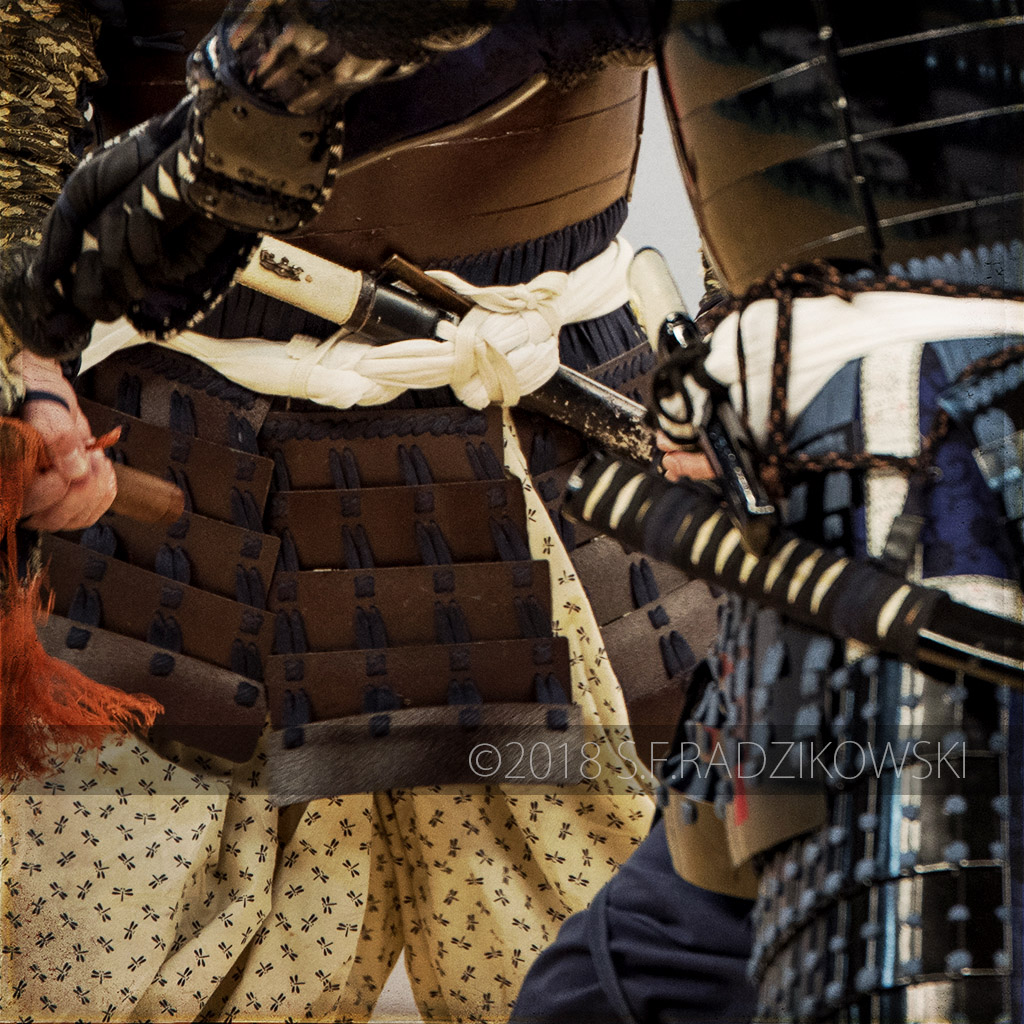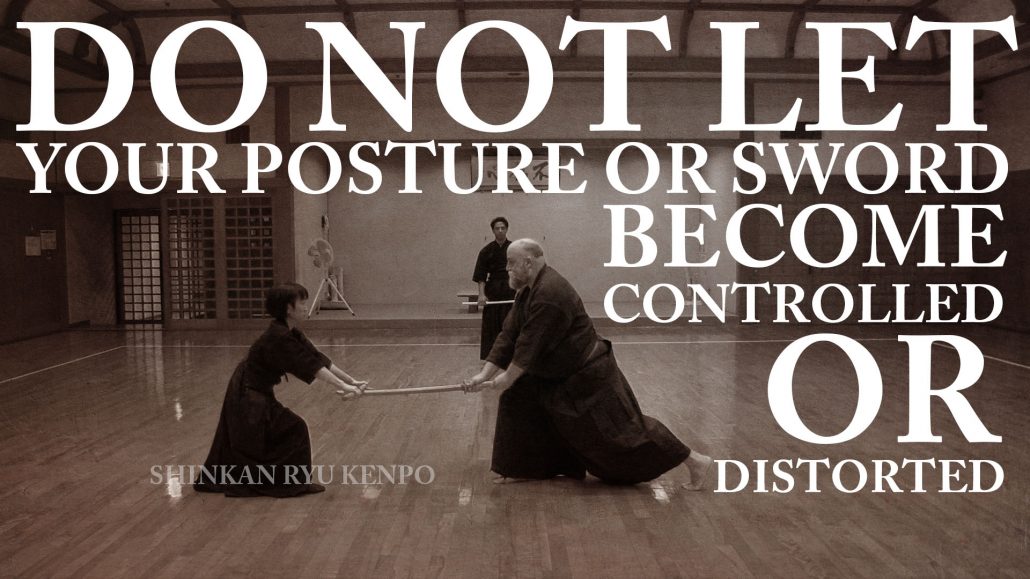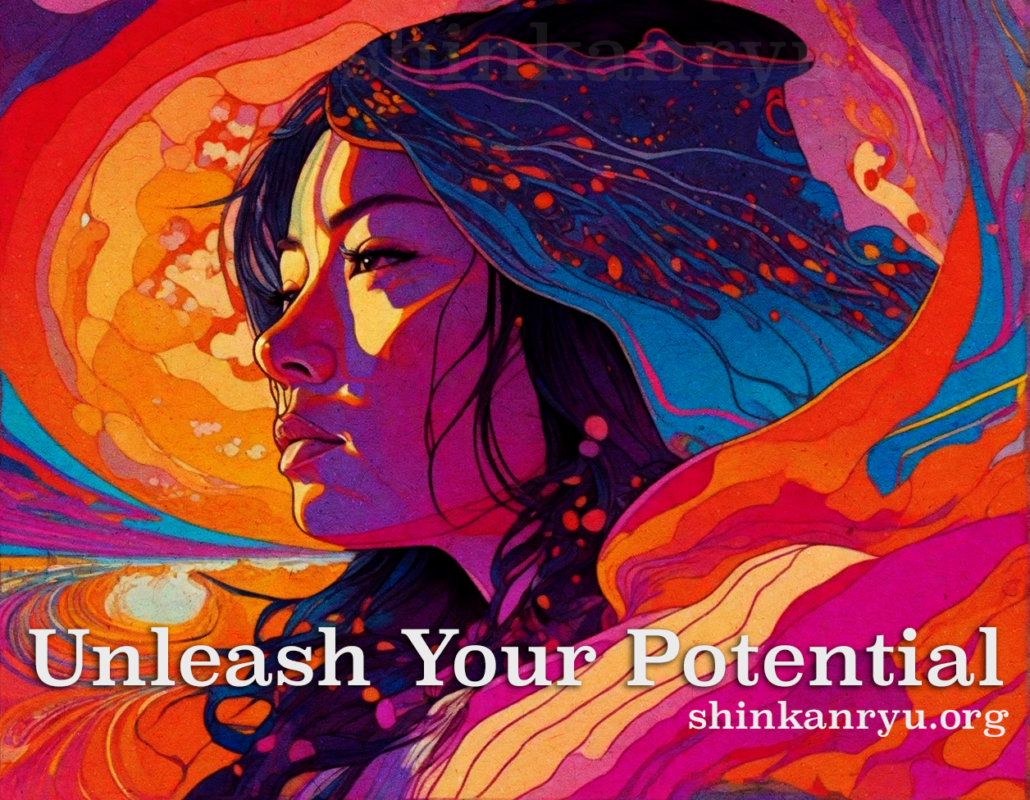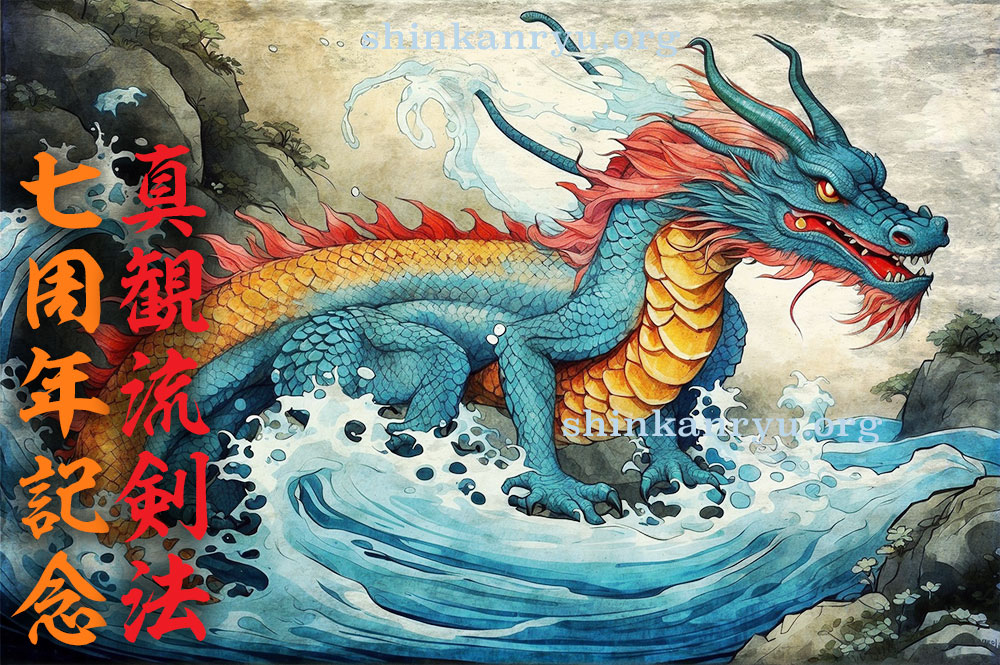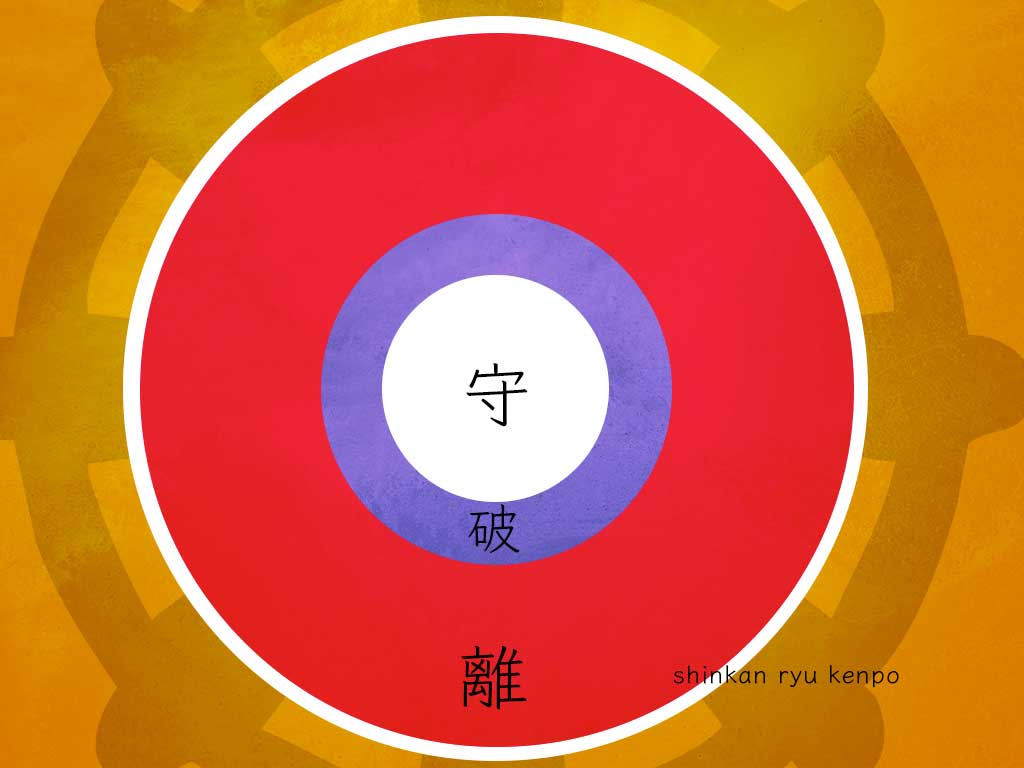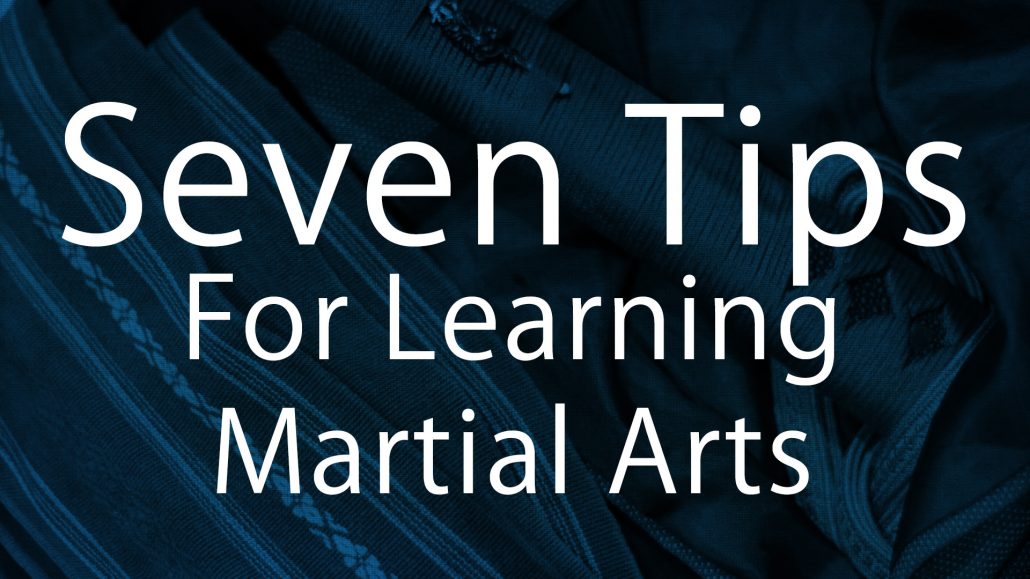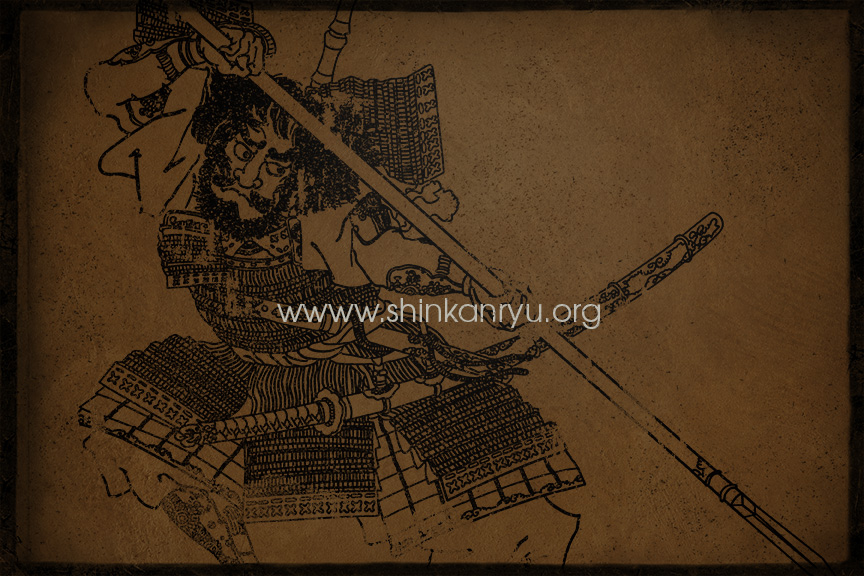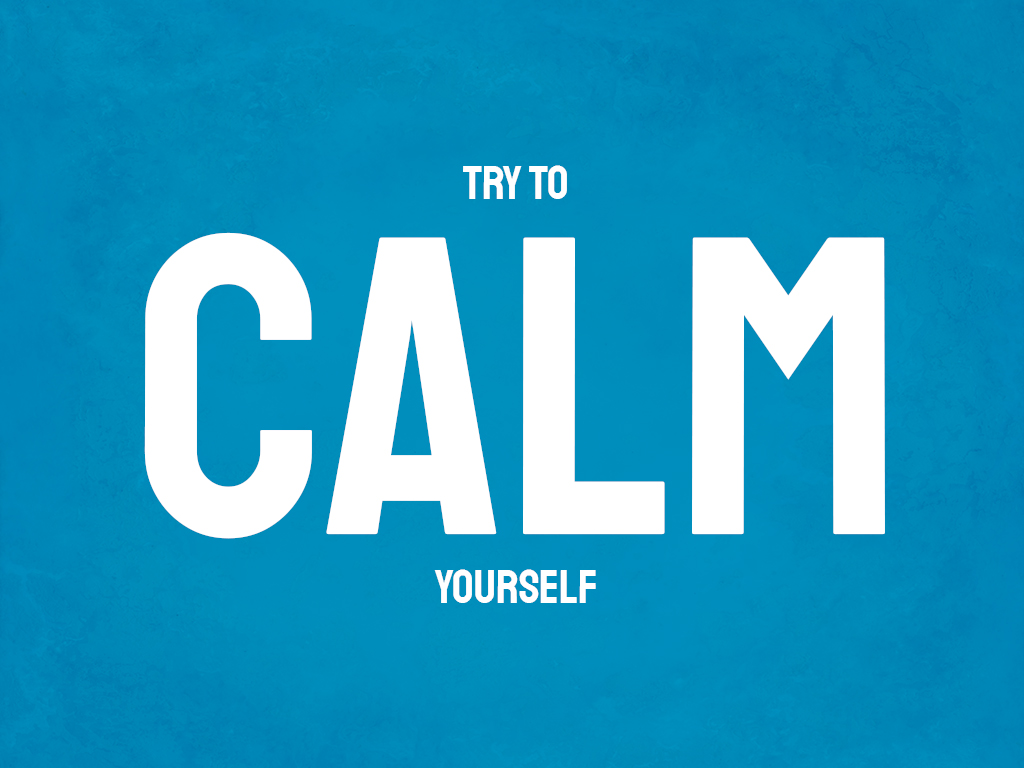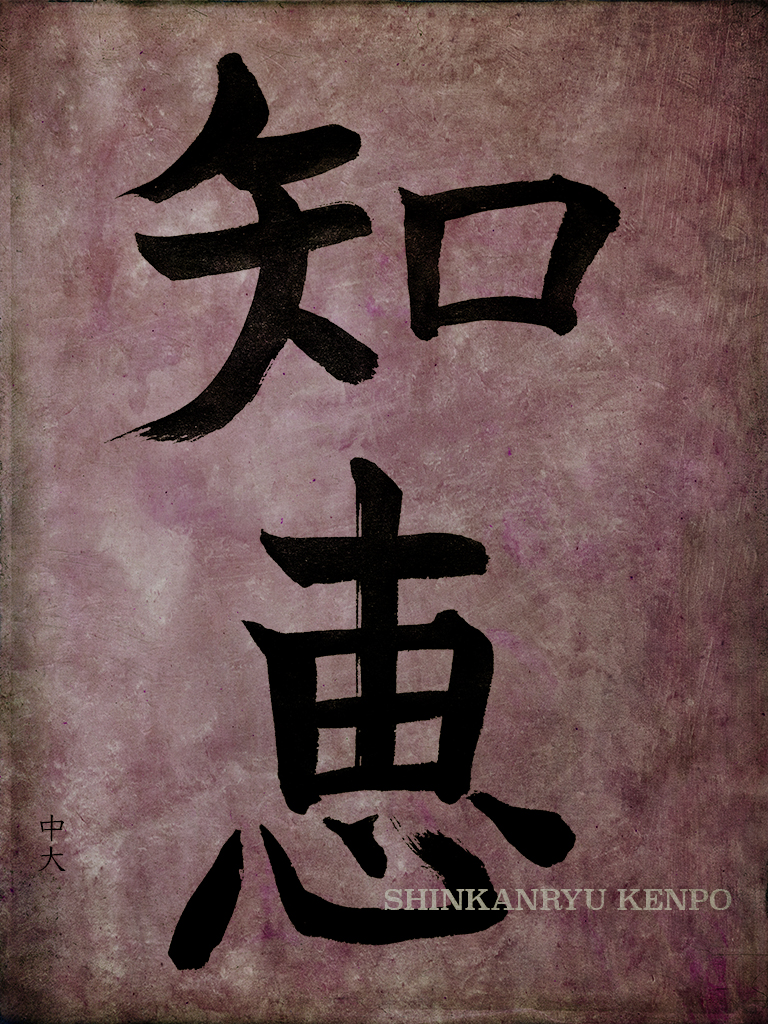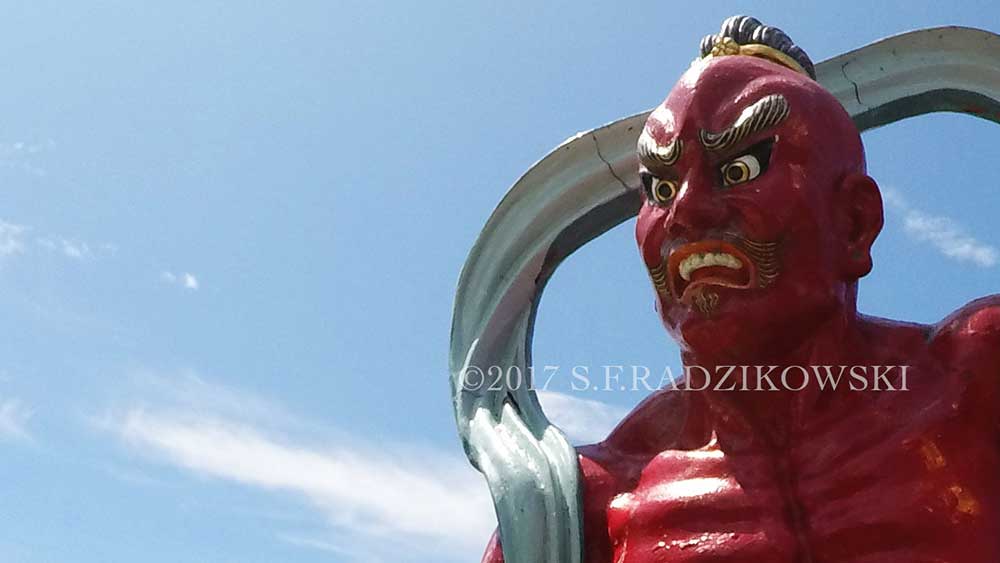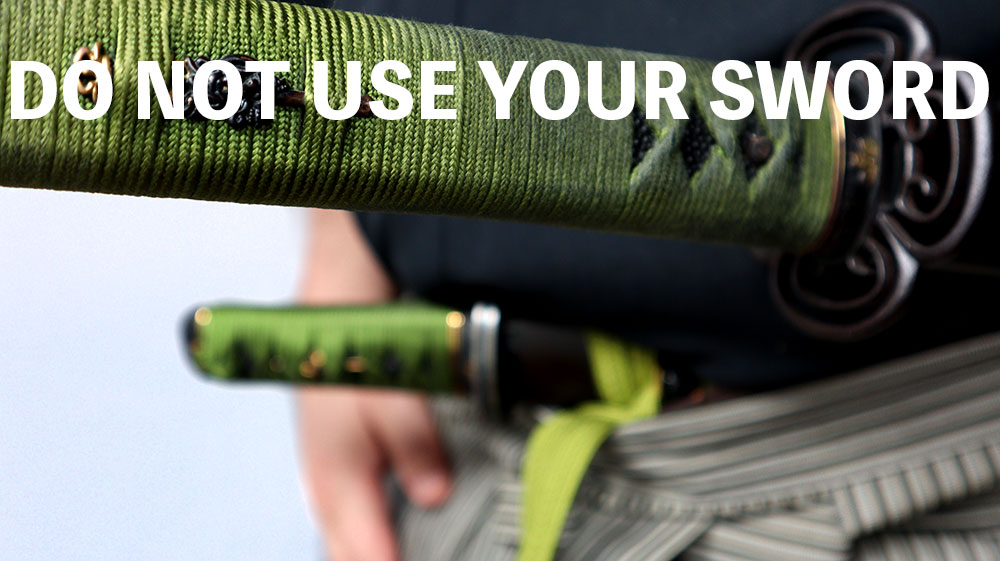Loyalty is one of the shining points in any list about the virtues important to the samurai. There are endless stories about loyal warriors doing this, or the faithful samurai did that. Someone's loyalty is often the main point in any plot. Commitment is integral for a warrior, martial artist, and obviously any regular person.
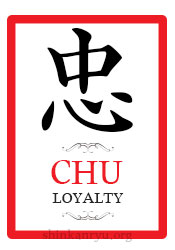
How loyal were the samurai? That depends on which period of history you look at and what your personal definition of loyalty is. There were many different ideas of what loyalty was amongst bushi, samurai, and bugeisha over the last five-hundred years. Bushido is touted as a checklist that all samurai followed. It is frequently regurgitated ad nauseam by many "martial artists". The ideals expressed in bushidō, such as gi 義, change with each clan and period. It is difficult to throw a list of values on a wall and say, this right here is what all ancient warriors believed in. Frankly, I am more interested in my budō study in the 21st century and what these ideas of bushidō and the path of a warrior mean to my school and myself.
Chū 忠 or chūgi 忠義 refer to fidelity to your clan and superiors within bushidō. Chū means loyal. It is the center of one's mind. The point from which all actions must emanate. It is within our hearts. What is important and matters are carried at the center or within us. This is represented by the character chū 忠. Chūgi is a deeper loyalty that might be translated as devotion or righteous fidelity.
Different Loyalty At Different Times
There is a school of thought where blind loyalty is the true way of the samurai or warrior. It is an outdated idea that no matter what actions your superior might give you, you must follow them. That will demonstrate chūgi and express the warrior's ideal of loyalty. It goes against the righteousness that maintains the wholesome relationships between people. Indeed, in the past, it was cultivated from a position of authority to control their population of warriors. It created an undying loyalty that can only be broken by their master's word, which created salves to the system in which the samurai worked and lived. Chūgi though is not so cut and dry as it once might have been.
In the early 1700s, there was the Ako incident, the story of the 47 ronin. Most people interested in martial arts have heard this story. It is debatable whether or not the 47 disciples of Asano Naganori were behaving with true loyalty or not. My opinion is if the actions produce unwholesome consequences, then taking a life based on ideals of loyalty is never the right course of action. Harming others or malicious scheming in support of your ideals of loyalty is never the right path to travel.
In some ryū-ha (schools) or martial arts circles, loyalty is blind and extremely rigid. Students adopt a religious zeal for their style and teacher. And loyalty is often misplaced This is not actual chūgi in my view. What kind of loyalty should bugeisha have?
The Commitments
Let us use the phrase faithful to commitments. Firstly we must have a commitment to ourselves and the wholesome path. This is the righteousness present in gi of chūgi. We must be faithful to the way which radiates wholesomeness, not just for ourselves but for others in our care.
As a student, we must have a strong commitment to the school and teacher. Loyalty resides in the starting phase of shu-ha-ri. If we wish to learn properly we must be faithful to our keiko and our teacher's words. If we are asked to practice or train in such a way then it is our loyal obligation to do so. We must be faithful to the commitments of the ryū-ha. Not only to the waza (techniques) should we be faithful but to the whole training. Physical, mental, spiritual must be combined. That trinity should be where our commitment is place.
As teachers we must be committed to the ryuha, dojo, and those arriving to learn. Those seeking guidance require us to be faithfully providing it. Keeping a strict sense of duty to the school and the student is essential in studying and teaching the martial arts. In keeping a sense of loyalty to the school one should not be harming any students physically or spiritually. Whether its school dogma or stretching techniques, a teacher has a parent's responsibility to his student's wellness and health.
As I am sure all our mothers and fathers have told us, trust is a two-way street, so too is chugi in bujutsu. A pure bugeisha is one that walks a path without malicious intent nor greed. Bugeisha stands firmly loyal in a proper way to others in his world. Inside or outside the dōjō, they must keep a loyal fire burning within their hearts. We must not become mired in improper loyalty, which is tainted by greed, ignorance, and hatred.
Be well, do your best, and press forward. Let us all examine chugi in our bujutsu and beyond.

ラジカスキー真照
館長Saneteru Radzikowski is the head sword instructor of Shinkan-ryū Kenpō. He lives and teaches Iaijutsu and Kenjutsu from Nara, Japan.
What is Kenjutsu? A guide to Japanese swordsmanship
Kenjutsu (剣術) is the Japanese art of the sword. It is one of the four...
Is Studying Multiple Martial Arts Ok?
Many people study more than one martial art. There can be varied reasons, such as...
Katate Tsuki-One handed Thrust Iaijutsu
[fusion_builder_container hundred_percent="no" equal_height_columns="no" menu_anchor="" hide_on_mobile="small-visibility,medium-visibility,large-visibility" class="" id="" background_color="" background_image="" background_position="center center" background_repeat="no-repeat" fade="no" background_parallax="none" parallax_speed="0.3"...
Striking with the Katana: What is the Monouchi?
https://youtu.be/pXpzSBLGkbI
A Lesson Of The Brush & Budō
Today during shodo practice I wrote this. Our minds as the top of...
Respect is a two way street in martial arts
Respect is a two-way street, however, how many people are driving recklessly? “If you want...
What does Budō mean?
I’d like to discuss briefly discuss what Budo or Bujutsu means. I’m not a scholar...
Teaching yourself Iaido and Swordsmanship
The Challenges of Self-Learning Swordsmanship In martial arts, particularly in the study of swordsmanship, a...
Greed And Martial Arts
We must endeavor to cultivate generosity while looking at the roots of our greed. Removing...
Advance The Sword And Mind
No matter what, move. Advance. Unceasingly against whatever odds, internal or external, move towards the...
The Old Is Not Distant
This is important to understand when practicing historical or classical martial arts. Although the sword...
Martial Arts Doesn’t Change You Into A Hero
Joe is a bit of a jerk.Joe joins a dojo.Joe practices martial arts for 12...
Martial Arts Cults & Lies
I once had an interaction with someone who referred to their school as a genuine...
On being human and a martial artist
It is difficult to wind through the brambles and thorns of life. It is impossible...
Impermanence, The Mind, and the Truth
After every meditation session my teacher, with his eyes still closed, would softly speak in...
Four Enemies
Four Friends. Four Enemies. One morning while on alms rounds the Buddha gave a heap...
Kata: Classical Japanese Samurai Training Method
Bujutsu Kata Training in martial arts can be done in different ways. One of the...
Mastering The Martial Arts and Basics
I will be talking about basics and mastery. Before I begin, I want to say...
Equanimity Of A Bushi
Under the big blue sky, Walk with purpose. せいしょうにへいほうす。青空をすたすた歩く。 Move towards your difficulties (or life...
Mushin State of No Mind In Martial Arts
I would like to express my thoughts on the concept of mushin no shin —...
Tachi Iai & Suwari Iai Demonstrations
[fusion_builder_container hundred_percent="no" hundred_percent_height="no" hundred_percent_height_scroll="no" hundred_percent_height_center_content="yes" equal_height_columns="no" menu_anchor="" hide_on_mobile="small-visibility,medium-visibility,large-visibility" status="published" publish_date="" class="" id="" background_color="" background_image="" background_position="center...
Basic Head Strike Iaijutsu Kenjutsu
Good Posture = Efficient Movement A graphic I made for a student talking about the...
The Sword of Kamma
Within Shinkan-ryū are teachings to being responsible for our actions. Admitting fault of miss-actions or...
Martial Arts Creator Origin Myths of Japan
Japanese Koryū Creator myths; becoming enlightened and making up a whole martial arts system. Some...
Sword Control
We should not let our mind or body or sword become contorted or controlled by...
Unleash the Potential of Your Iaido Success
We’re diving deep into the art and discipline of Iaido, a journey that goes far...
7 Year Anniversary of Online and In-person Sword Learning
Today marks a significant milestone in our journey — the 7th Anniversary of Shinkan-ryu Kenpo!...
Shu-ha-ri Budo Learning
Seven Points For Learning Martial Arts
I am often thinking about how to learn bujutsu productively. The efficiency of body and...
Waza: Quality or Quantity?
Waza Waza Everywhere In our respective martial arts systems, we learn many waza 技 (techniques)....
You With Sword In Hand, Calm Yourself
The mental issues involved with subscribing to someone you dislike, hate, have anger towards, desire...
Wisdom Martial Arts Keiko & Buddhism
For those that lack wisdom the way is difficult. It is best to consider the...
Equanimity Of A Bushi
Under the big blue sky, Walk with purpose. せいしょうにへいほうす。青空をすたすた歩く。 Move towards your difficulties (or life...
Greed And Martial Arts
We must endeavor to cultivate generosity while looking at the roots of our greed. Removing...
Too Many Martial Arts
The koryū of Japan are not self-defense arts. Although they can be authentic and certainly...
What does Budō mean?
I’d like to discuss briefly discuss what Budo or Bujutsu means. I’m not a scholar...
Saya no uchi
I train to strike correctly. I perform keiko to understand the angles of my sword....
Budo Don’t
Don’t be in love with your weapon. Don’t be in love with your uniform. Don’t...
Code of Bushido Righteous Heart
Being righteous and doing the right thing is one of the foundations of body and...
Shugyō and Keiko Martial Arts Practice
Practicing and Studying There are two main words used about practicing and learning in martial...
Playing With Sharp Swords
I have been saying it’s important to get training for using a sharp sword or...
The Old Is Not Distant
This is important to understand when practicing historical or classical martial arts. Although the sword...
What Does Iaido & Iaijutsu Mean?
Iaijutsu and iaido are components of kenjutsu 剣術, the arts of the sword. Iaijutsu, iaido...
Happy New Year
From all of us at Shinkan-ryū Kenpō to you, Have a wonderful New Year Celebration....


